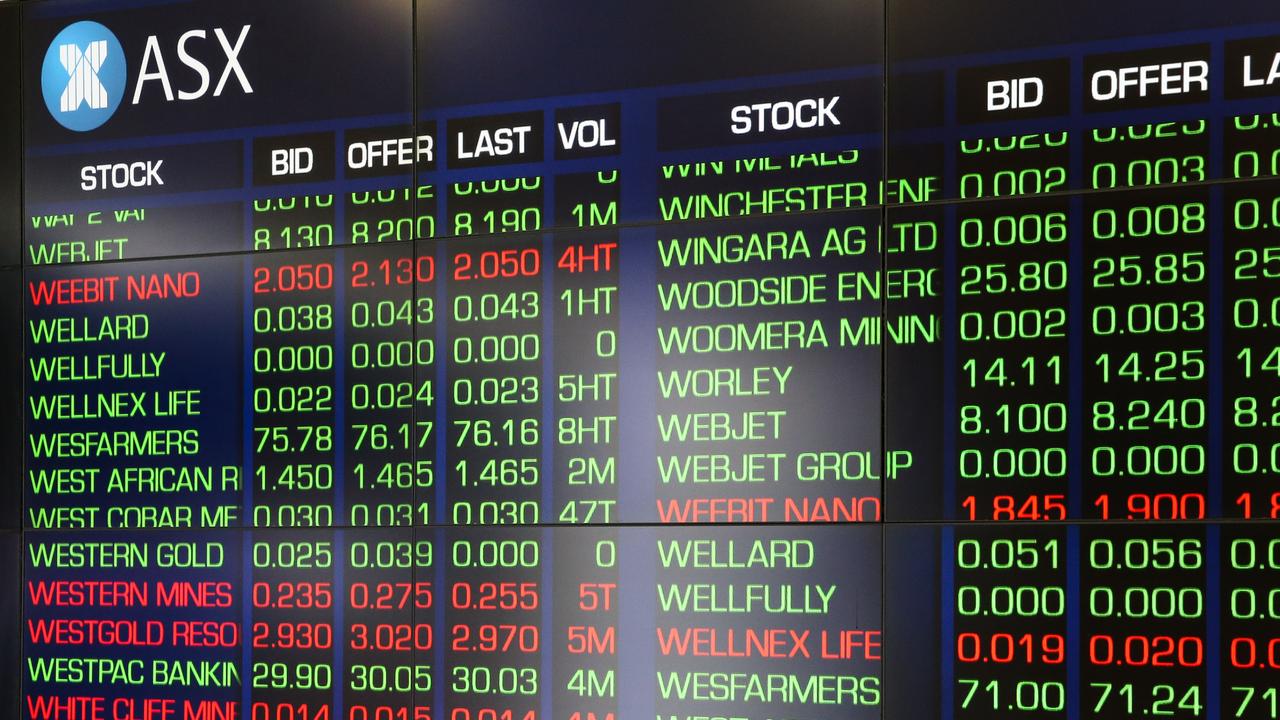Bad news for mortgage holders as rate cuts remain uncertain
Interest rates cuts are vital for Aussie mortgage holders but there is a chance that the forecast date for the cash rate cut could change.

Interest Rates
Don't miss out on the headlines from Interest Rates. Followed categories will be added to My News.
ANALYSIS
Since the Reserve Bank Australia (RBA) began raising interest rates back in May of 2022, a question on the lips of mortgage holders has been: when are interest rates going to be cut?
Looking back on the course of the RBA’s cash rate since November 2011, it’s understandable why. Between November 2011 and November 2020, the RBA slashed the cash rate from 4.75 per cent to 0.1 per cent. But more than that, during the pandemic they also implemented yield curve control and provided $188 billion in funding to the banks at a cost of just 0.1 per cent per annum, facilitating the average three-year fixed mortgage rate falling below 2 per cent.
How long do rates stay high?
Based on historic rate cut cycles over the past 50 years, the average time between the peak in mortgage rates and the RBA cutting rates is 9.8 months. Excluding the rate cut cycle of 2008, which was brought about by the Global Financial Crisis (GFC), the average time is 10.6 months. Assuming that we don’t see a rerun of GFC like event and there are no further rate rises, that would theoretically put rate cuts around September.
Over the past 50 years, the longest rates have been kept at their cyclical peak is 17 months. In short, once rates hit their peak it’s only a matter of time before the RBA considers inflation adequately tamed or the economy hit hard enough to justify rates being cut.
How much could rates be cut?
Based on historic cutting cycles exceeding a 1.5 per cent drop in mortgage rates, the average relative reduction in mortgage rates over the past 40 years across each cycle has been 29.3 per cent (based on the benchmark discount variable mortgage rate). However, it’s worth noting that these numbers are heavily skewed by the rate cut cycle of 1990 to 1993 and 2008 to 2009.
In the early 1990s cutting cycle, the cash rate was slashed from its all time high of 17.5 per cent amid the highest unemployment rate since the Great Depression (peak of 11.2 per cent in 1992). During this rate cut cycle mortgage rates were cut by the greatest degree on record, being reduced by 48.5 per cent.
The other outlier in the data is the rate cut cycle of 2008-2009, which saw the cash rate slashed by 4.25 per cent in just eight months, as the GFC sent the global financial system into a tailspin. During this period, mortgage rates were reduced by 42.8 per cent.
Excluding these two instances from the scenario, the 40 year average for a cutting cycle’s reduction in mortgage rates comes down to 22.8 per cent.
As of today, the average payable variable mortgage rate is approximately 6.5 per cent. Based on an average cutting cycle, including those defined by double digit unemployment and the GFC, the average payable variable mortgage rate would come down to around 4.6 per cent. Excluding the two outlier eras from the scenario, the average payable variable mortgage rate would sit at around 5.0 per cent.
In terms of where this would leave the cash rate, the crisis inclusive scenario would see the cash rate fall to 2.45 per cent and the non-crisis scenario would see a cash rate of 2.85 per cent.
What have conditions looked like historically?
After spending much of the last three decades talking about the importance of their 2-3 per cent inflation target, there is a relatively widespread perception that headline inflation needs to at least be within that target range before rates are cut.
But based on the state of headline inflation when large scale rate cut cycles kicked off in the era of the 2-3 per cent target, this has actually never been the case. Of the four major rate cut cycles of this era, starting 1996, 2001, 2008 and 2011, the average rate of headline inflation was 4.43 per cent. If we exclude the 2001 data point which is distorted higher by the introduction of the GST, the average comes down to 3.87 per cent.
The bottom line
Based on the average length of historical peak interest rate cycles, we would theoretically see a rate cut at the RBA’s September meeting. As of the latest pricing from interest rate futures, markets currently share a relatively similar outlook, with a full rate cut is priced in for October.
Of the big four banks, the Commonwealth Bank and Westpac share the same view as the historical analysis, that rate cuts will begin in September. ANZ and NAB on the other hand don’t see rate cuts kicking off until November.
AMP’s Shane Oliver on the other hand has quite a different viewpoint. Oliver recently shared on Twitter that his base case was the RBA cutting in June, but there were risks that this could be delayed to August or September.
While inflation is one of the main drivers of RBA policy, the nation’s labour market is also a major factor. Since September, the nation’s unemployment rate has risen by 0.5 percentage points to 4.1 per cent, the highest level since the start of 2022. While a degree of rising unemployment is to be expected and is pencilled into the RBA’s forecasts, if unemployment continues to rise as rapidly as it has in recent months, the rate cut trajectory may tend toward Shane Oliver’s view on things, rather than those of the Big 4 seeing rate cuts much later in the year.
Tarric Brooker is a freelance journalist and social commentator | @AvidCommentator
Originally published as Bad news for mortgage holders as rate cuts remain uncertain





